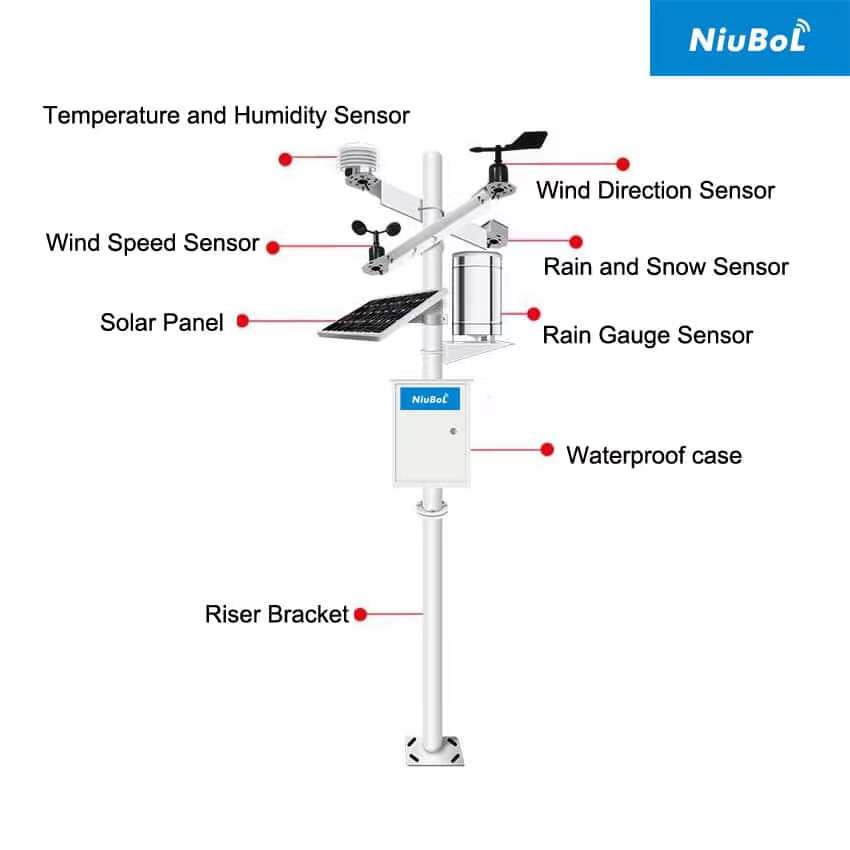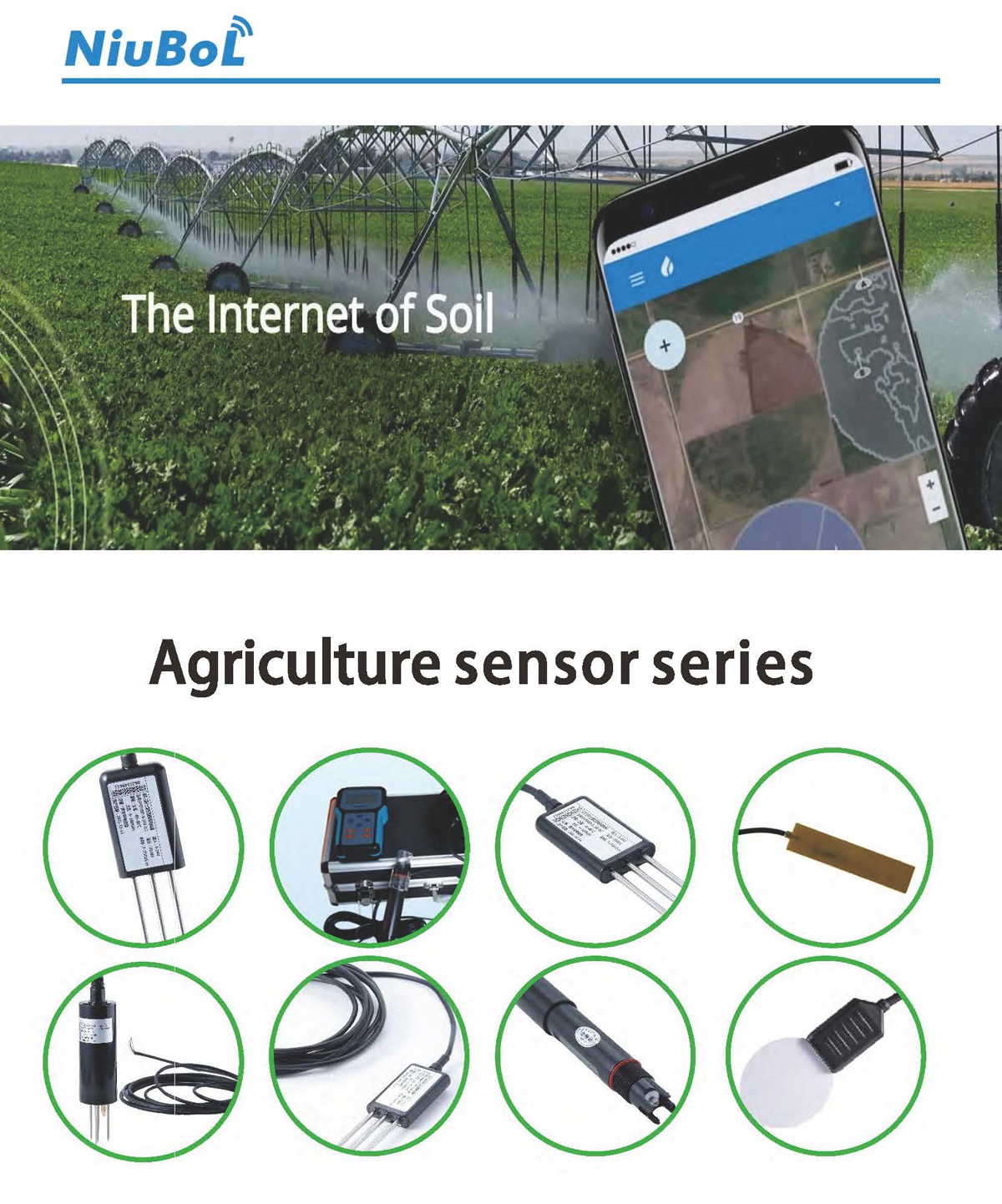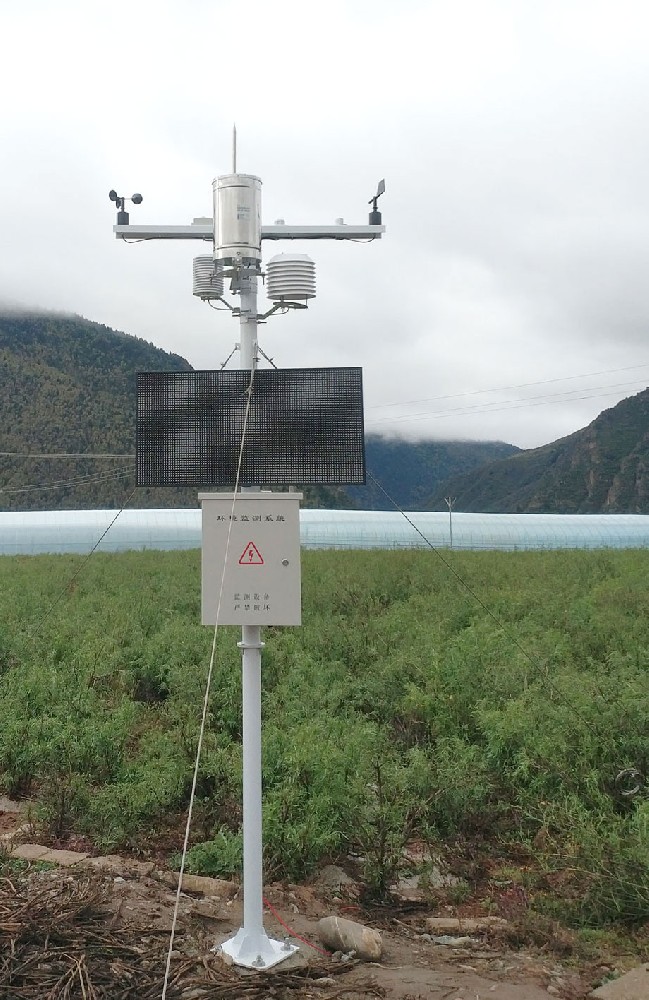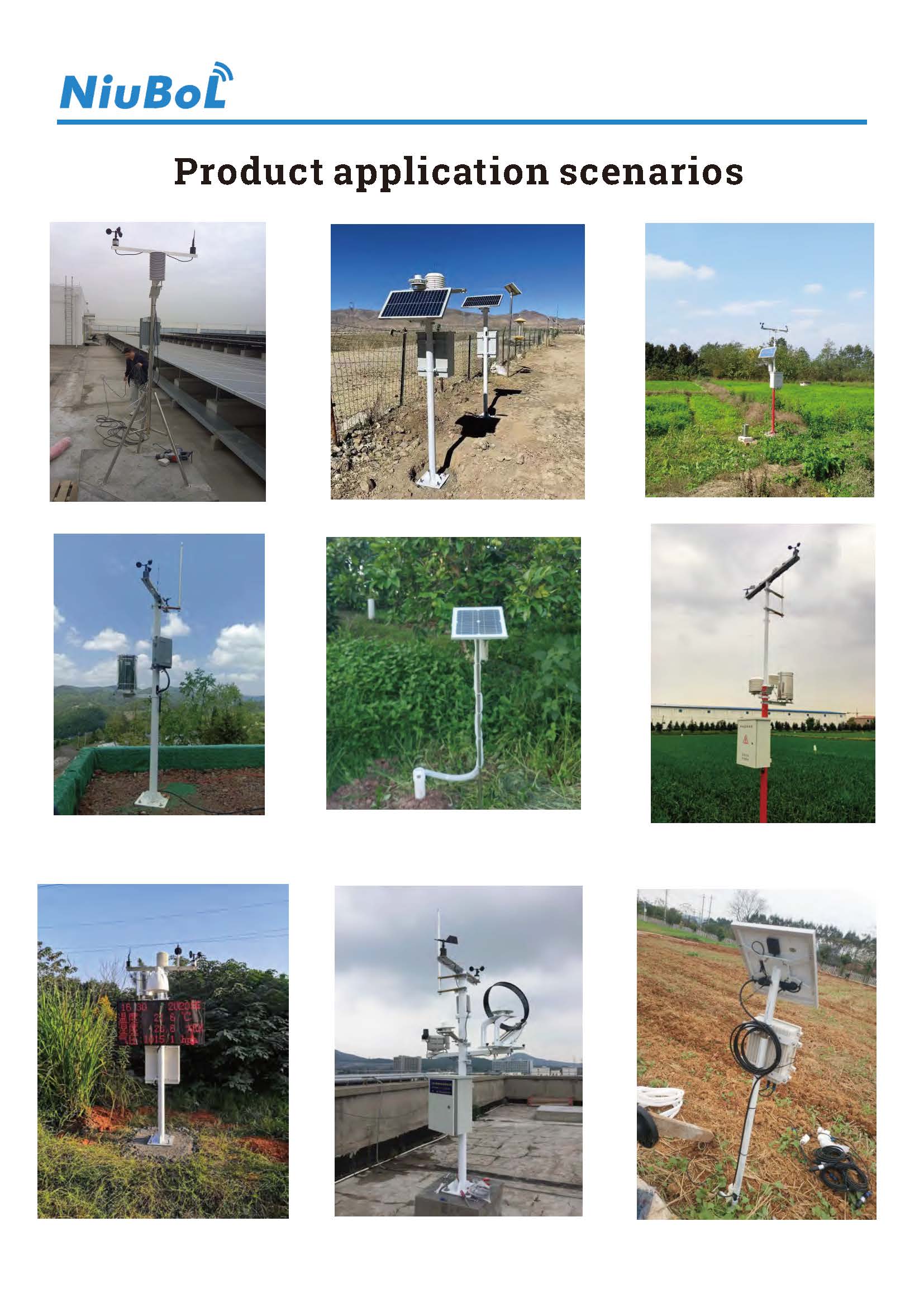

— Blogs —
—Products—
 Consumer hotline +8618073152920
Consumer hotline +8618073152920 WhatsApp:+8615367865107
Address:Room 102, District D, Houhu Industrial Park, Yuelu District, Changsha City, Hunan Province, China
Product knowledge
Time:2025-10-22 16:26:37 Popularity:333
In today's rapidly evolving agricultural technology landscape, relying solely on one-time deployments of sensors and instruments often fails to address technological and environmental changes over the next five or ten years. As a forward-thinking agricultural technology company, NiuBoL is committed to helping agricultural enterprises, research institutions, and universities build "sustainable, upgradable, and scalable" monitoring systems. This ensures that investments are not only effective today but retain value in the future. This article provides a systematic guide from multiple perspectives, including investment logic, system construction, risk management, and real-world cases.
Agriculture monitoring investments are not simply about purchasing equipment and installing sensors; they involve a comprehensive project encompassing data, systems, personnel, platforms, and ecosystems. Here are three key driving factors:
Internet of Things (IoT), Low-Power Wide-Area Networks (LPWAN), edge computing, and artificial intelligence (AI) are advancing swiftly. Research indicates that agricultural sensors and IoT systems have reached practical stages in precision agriculture, yet they still face challenges such as "high initial costs, complex data management, and difficulties in remote connectivity and maintenance." Without considering upgradability, initial monitoring systems may become obsolete or unable to meet new demands within 3–5 years.
Climate change, soil degradation, frequent pest outbreaks, and rising labor costs all demand long-term stable service from agricultural monitoring systems. Investing once but failing to continuously obtain reliable data will lead to missed management opportunities and resource waste.
Data shows that while the adoption rate of precision agriculture technologies is rising, achieving true profitability is still influenced by factors such as scale, technology type, and management capabilities. A U.S. USDA report points out that in certain crops, farms adopting precision agriculture technologies see profit increases of only about 1%–3%. Therefore, building a "future-proof" monitoring system is key to realizing long-term returns.

The following outlines four dimensions: system architecture, hardware selection, data platforms, and ecosystem maintenance.
Edge Layer: Deploy on-site sensor nodes, such as those for soil moisture, soil temperature, meteorological parameters, plant stress, and farm machinery/equipment monitoring. Choose modular, low-power devices that support remote firmware upgrades.
Network Layer: Adopt hybrid solutions supporting LoRaWAN, NB-IoT, 4G/5G to adapt to different plots and network environments.
Cloud & Platform Layer: Real-time data aggregation, storage, analysis, and visualization. The system should reserve scalability, API interfaces, and AI model upgrade capabilities.
Application Layer: Includes modules for irrigation decisions, fertilization recommendations, pest and disease alerts, and machinery operation optimization. From an investment perspective, future version iterations and new features should be achieved through software upgrades rather than full hardware replacements.

1. Choose Established Brands and Modular Devices: Select proven market brands like NiuBoL to ensure compatibility with future sensor expansions and universal communication protocols like Modbus RTU.
2. Support for Remote Upgrades and Maintenance: Devices should have built-in firmware upgrade functions to avoid manual on-site replacements for each update.
3. Reserve Interfaces and Expansion Capabilities: Support multiple communication methods such as RS485, Modbus, and LoRa for easy future replacements or integration of third-party devices.
4. Reasonable Budget Allocation: Soil moisture sensors are low-cost (about $50–300), while nutrient salt or advanced conductivity sensors can reach $500–1000. For investments, consider equipment lifespan, maintenance costs, communication expenses, and operational management costs.

Data Integrity and Security: Future systems should feature data traceability, access management, and backup mechanisms. As regulations and user expectations evolve, data governance becomes essential.
Upgrading Analytical Capabilities: Basic monitoring is becoming widespread; true value lies in advanced analytics, such as machine learning models for predicting crop stress, carbon emissions, and resource efficiency. Reviews indicate that the integration of IoT + AI in precision agriculture is increasing.
Operational Team Capabilities: Hardware is just the foundation; system operations, data interpretation, and maintenance protocols are the long-term safeguards. When investing in monitoring systems, also allocate resources for personnel training, operations and maintenance processes, and upgrade mechanisms.
Ecosystem Collaboration and Service Models: Future agricultural monitoring will shift more toward service-oriented and platform-based models from research/enterprise experiments. Brands, research institutions, and farms should build symbiotic ecosystems.
Communication Interruptions and Equipment Aging: Select devices supporting multiple protocols and frequency bands, and prepare backup communication plans.
Rapid Changes in Technology Trends: Sensor standards, AI models, and regulatory requirements may shift quickly. Reserve upgrade budgets during investments and choose replaceable modules.
Data Fragmentation and System Silos: Avoid "closed" devices incompatible with other platforms; prioritize open APIs and standard-compatible platforms.
Underestimating ROI Realization Cycles: Most farms need 3–5 years to see returns from monitoring system investments. USDA reports show that larger farms achieve economies of scale more easily. When budgeting, consider implicit costs like operations, maintenance, and training.
This depends on farm scale, system complexity, and management level. Industry analyses indicate that profit improvements from some precision agriculture technologies are only 1%–3%. Expect a payback period of at least 3–5 years.
Yes, it's worth considering, but select more cautiously. For small-scale farms, opt for low-cost, modular, easy-to-upgrade devices, and consider leasing or service-based models to reduce initial investments.
When selecting devices, look for modular designs, communication protocol compatibility (e.g., LoRa, 4G), remote firmware upgrade capabilities, and open data interfaces. If upgrades can be done via software alone, the system is future-proof.
Absolutely crucial. Hardware is merely the foundation; data management, platform operations, and personnel capabilities are where long-term value resides. Neglecting these can lead to "idle equipment" or "data not translating into decisions."

Agriculture monitoring investments are not mere equipment purchases but a systematic engineering effort: from sensor hardware and communication networks to data platforms, analytical models, operational teams, upgrade mechanisms, and service ecosystems. To make this investment "future-proof" and avoid rapid obsolescence, the key lies in: modular design, communication protocol compatibility, open data platforms, robust operational systems, and estimating long-term returns.
NiuBoL is dedicated to providing professional monitoring system solutions for agricultural research institutions, enterprises, and farms, helping you build sustainable, scalable, and upgradable monitoring frameworks. By choosing NiuBoL's sensors, platforms, and services, you are not just investing in "today" but preparing for "tomorrow."
If you are interested in learning more about NiuBoL's system deployment plans, upgrade roadmaps, or collaboration models with universities/farms, we welcome you to contact us for in-depth discussions.
Related recommendations
Sensors & Weather Stations Catalog
Agriculture Sensors and Weather Stations Catalog-NiuBoL.pdf
Weather Stations Catalog-NiuBoL.pdf
Related products
 Combined air temperature and relative humidity sensor
Combined air temperature and relative humidity sensor Soil Moisture Temperature sensor for irrigation
Soil Moisture Temperature sensor for irrigation Soil pH sensor RS485 soil Testing instrument soil ph meter for agriculture
Soil pH sensor RS485 soil Testing instrument soil ph meter for agriculture Wind Speed sensor Output Modbus/RS485/Analog/0-5V/4-20mA
Wind Speed sensor Output Modbus/RS485/Analog/0-5V/4-20mA Tipping bucket rain gauge for weather monitoring auto rainfall sensor RS485/Outdoor/stainless steel
Tipping bucket rain gauge for weather monitoring auto rainfall sensor RS485/Outdoor/stainless steel Pyranometer Solar Radiation Sensor 4-20mA/RS485
Pyranometer Solar Radiation Sensor 4-20mA/RS485
Screenshot, WhatsApp to identify the QR code
WhatsApp number:+8615367865107
(Click on WhatsApp to copy and add friends)
